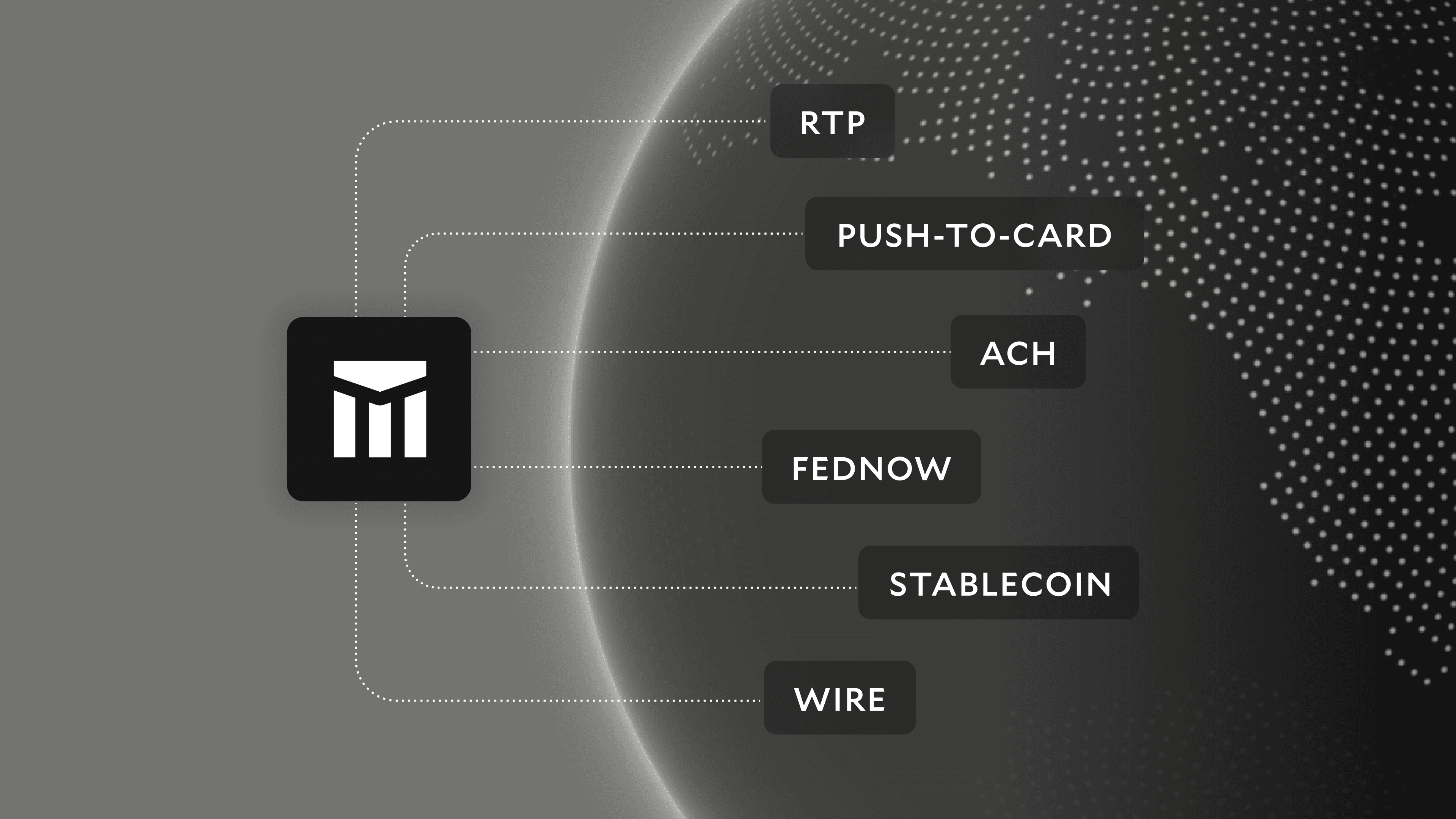Modern Treasury and Paxos Make It Easier for Businesses to Move Money with Stablecoins.Learn more →
How Do Businesses Send and Receive Checks?
Despite all the digital payment options, many businesses still rely heavily on paper checks. In this post, we walk you through what check processing is and how it works.


Despite the rapid increase in digital payment options, many businesses still rely heavily on paper checks. A 2019 study conducted by the Federal Reserve found that in 2018, consumers and businesses deposited 14.5 billion paper checks, worth nearly $26 trillion. Though the number of checks written has been decreasing since the mid-1990s, physical checks still account for a significant portion of payments.
With more efficient alternatives, why do businesses still use checks? For one, they provide a clear way to manage cash flow and a payment paper trail. Checks are often preferred in industries like construction and food and beverage, where they remain a familiar and trusted way of paying vendors, particularly when payment processing software isn’t set up. New entrepreneurs might rely on paper checks until they have the capital to implement an automated payment system.
Understanding how checks are processed can help business owners avoid payment delays and resolve possible errors. Remaining mindful of the changes in the payment landscape can help business owners process checks faster, and understand when alternatives might make more sense.
What Is Check Processing?
Check processing is the movement of money between two accounts: the account of the party that writes the check (the payor) to the account of the party that receives payment (the payee). There are two sides to check transactions: sending and receiving. Checks are processed through deposits, which are made via the mail, at an ATM, at a physical bank branch, or by uploading check information in images via a mobile device.
The latter option is available thanks to the Check 21 Act, which allowed the financial system to process checks electronically. Banks take a scanned check and create their own "substitute check," to reduce the high costs of transporting physical checks. For all processes, once the funds are verified, the transaction is approved. Then funds are deducted from the payor’s account and transferred to the recipient’s account, and the transaction is considered complete.
Check processing times vary based on several factors. If the payor and the payee make a transaction at the same financial institution, checks will clear within one day. However, if the account holder sends their check to another account under a different institution, the process becomes a bit more complex. The recipient’s bank takes the check and sends it to an intermediary bank, which functions as a bridge between the two banks involved in a payment request. The intermediary bank then connects with the payor’s bank and ensures that their account has sufficient funds to send to the recipient.
How Can Businesses Send and Receive Checks More Efficiently?
By implementing an automated process to manage physical checks, businesses can improve payment efficiency and ensure consistent cash flow.
Managing Checks Received
For businesses operating at scale, the volume of checks received can be burdensome to process. Most non-retail businesses typically receive checks in the mail. They then have to scan the checks, mark them as received in internal systems, and make a deposit at the bank. This hassle slows down workflows.
There is a more efficient solution. Businesses can automate checks received using lockboxes, which function as bank-run custom PO Boxes. Banks work with mail processing vendors to open the mail, scan the checks, input key information, and deposit the check directly into a business’ bank account.
Managing Checks Sent
For businesses that still make payments using physical checks, using an automated system to print and send them can boost efficiency and reliability. There are two ways to print checks programmatically: one is through a bank’s check printing services, and the other is with a third party provider such as Lob. While the latter is slightly more expensive, it can be a good option for customers whose banks don’t offer native check services, or those using multiple bank accounts. By consolidating to a single third-party check print provider, businesses also build efficiency and reliability into the process of mailing physical checks.
What Are Some of the Drawbacks of Using Checks?
While checks remain an essential part of doing business, using them presents many of the same risks as other payment methods, including human error, insufficient funds and unauthorized payments can cause costly delays. However, there are a few specific drawbacks that businesses sending or receiving payments via check should be aware of:
- Slower processing time: Other payment rails, such as ACH, RTP, or wire transfers can have a significantly faster processing time than checks. If the receiving party requests a faster payment using one of these methods, the sender will have to cancel their original check payment.
- Insufficient fund fees: If the payor does not have enough money in their account to cover the amount of the check, the check will bounce, meaning the recipient’s bank rejects the payment request—and they’ll be charged with a non-sufficient funds (NSF) fee. If the recipient uses money from the bounced check, they’ll be responsible for paying for it from their own balance.
- Fraudulent checks and unauthorized payments: Checks tend to be more susceptible to fraud than electronic forms of payment because they have so much personal information directly on them, including the payor’s name, address, and account number. In recent years, there’s been an increase in check fraud, which accounted for 60 percent of all attempted fraud against U.S. bank deposit accounts [1].
How To Stop a Check From Processing
In order to prevent a check from clearing, the sender must write a formal stop payment to the bank. Depending on their bank, the sender may have to either call or submit a written application form and verify their check details, such as amount, date, and recipient. After the request is issued, the account holder pays a required fee, which can range from $15 to $35 depending on the bank. Issuing stop payment orders can be costly and time-consuming for those who have to repeatedly mitigate their errors. If the bank is unable to locate the check after six months, and the account holder doesn’t follow up on the request, it gets cleared to the recipient’s account regardless.
Conclusion
While digital payment options offer convenience and efficiency, paper checks are still a key part of commerce. For many businesses, physical checks provide a familiar, effective way to move money from one account to another. For businesses that handle a large volume of incoming and outgoing paper checks, overseeing and maintaining daily cash flow can be a challenge. For businesses operating at scale, exploring external solutions like lockboxes and third party check providers can help them get up to speed—and ensure that there’s minimal disruption to the movement of funds.
Get In Touch
To learn more about how Modern Treasury can read lockbox reports, add Lob as a supported check provider, and automate cashflow for your business, sign up for a sandbox or reach out to one of our payments advisors.








